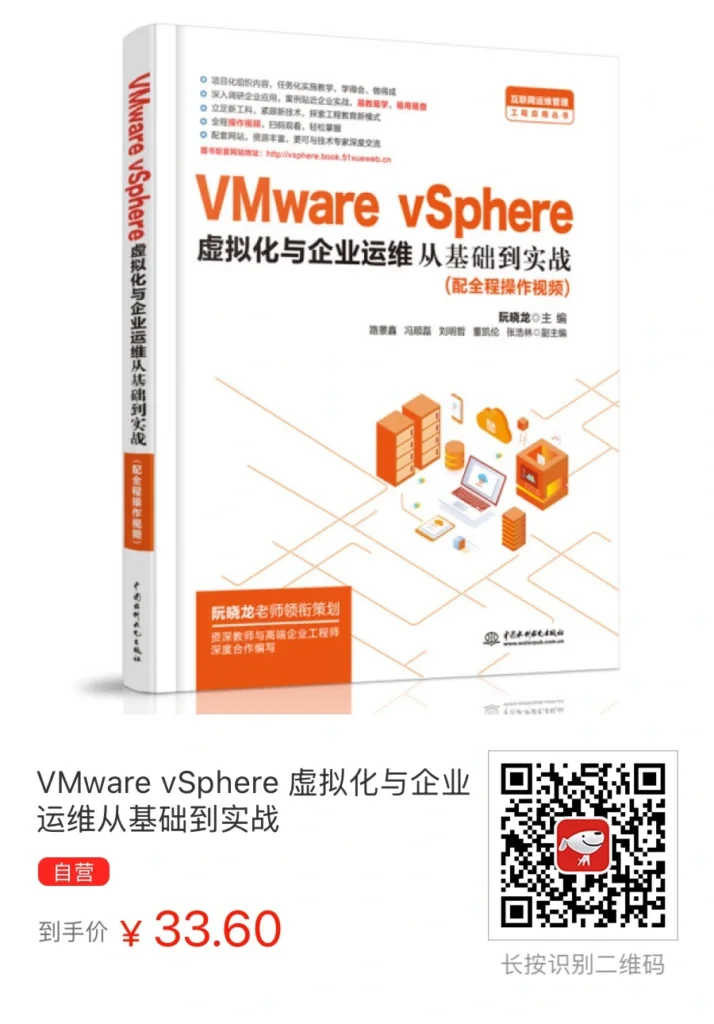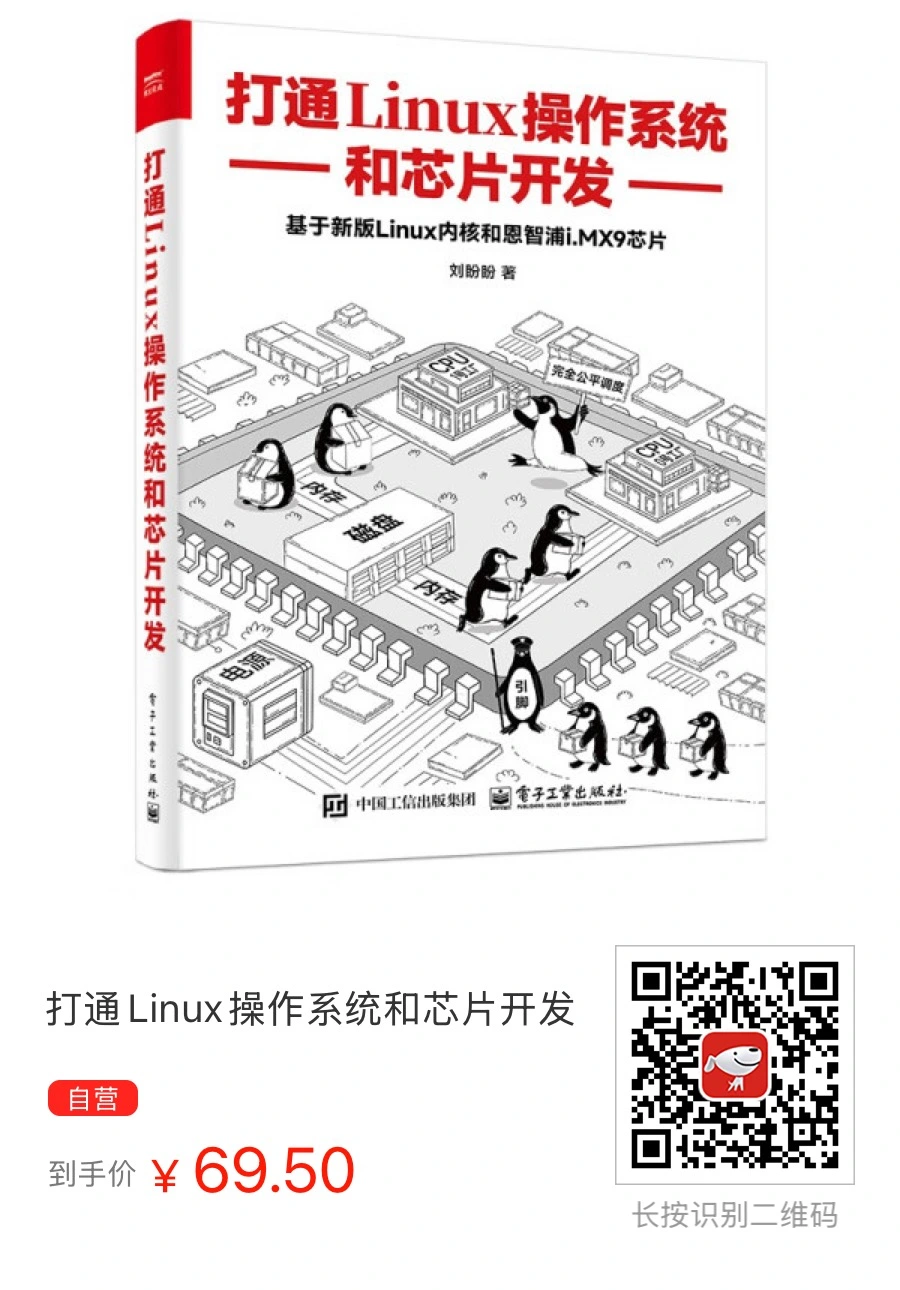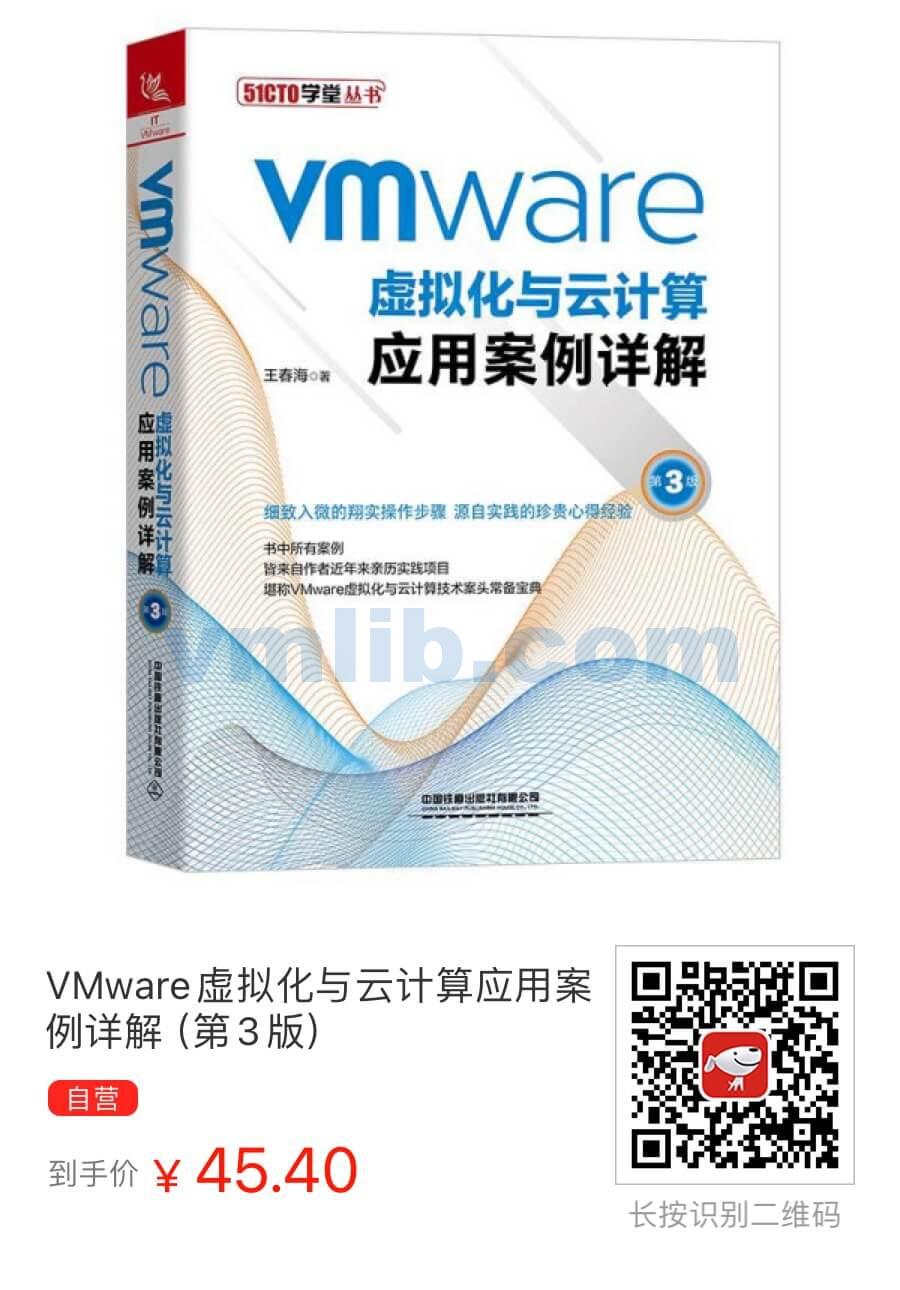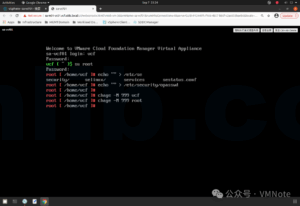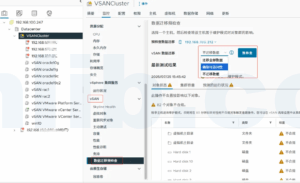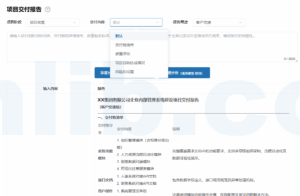To study for VMware HCI Master Specialist Exam | vSAN认证考试题目学习
100. A write intensive application has been deployed recently into an All-flash 4-node vSAN cluster. Each node has one disk group with the following configuration:
- 1 x 400 GB SSD for Cache
- 4x 3.84 TB SSD for Capacity
After the deployment, the administrator notices that the overall workload performance is degraded and observes a low-write, buffer-free percentage. Which action should be taken to remediate this issue?
- A.Adding a second cache disk to the existing disk group
- B.Replacing the cached disk in the existing disk group with a larger one
- C.Enabling automatic rebalance from the vSAN services advanced options
- D.Increasing the number of capacity disks in the existing disk group
Explaination:
The scenario describes a vSAN cluster experiencing performance degradation after deploying a write-intensive application, with observations pointing to a low-write, buffer-free percentage. This suggests that the cache tier is unable to absorb the write bursts efficiently, causing back-pressure on the system and thus degrading performance. Let’s evaluate the options:
A. Adding a second cache disk to the existing disk group – This could potentially improve performance by providing additional buffer space for write operations, helping to absorb write bursts more efficiently. However, VMware vSAN architecture typically supports a single cache disk per disk group, and adding a second cache disk isn’t supported or a recommended practice. This option might not be technically feasible.
B. Replacing the cache disk in the existing disk group with a larger one – This is a viable solution. A larger cache disk can hold more write data, improving the write buffer capacity. This can significantly alleviate the issue of a low-write, buffer-free percentage by providing a larger temporary storage area for incoming write operations before they are de-staged to the capacity tier.
C. Enabling automatic rebalance from the vSAN services advanced options – Automatic rebalance ensures that the storage utilization across the cluster is balanced, but it does not directly address the issue of cache tier saturation with write operations. While rebalancing can help in certain scenarios where uneven distribution of data might contribute to performance issues, it doesn’t directly expand the cache’s ability to handle more writes.
D. Increasing the number of capacity disks in the existing disk group – Adding more capacity disks increases the overall storage capacity and may help with overall cluster balancing and endurance by spreading the write and read load. However, it doesn’t directly address the immediate bottleneck at the cache tier for absorbing writes.
Given the specific issue of low-write, buffer-free percentage indicating cache saturation, the most effective solution among the listed options is:
B. Replacing the cache disk in the existing disk group with a larger one.
This action directly addresses the root cause of the performance degradation by expanding the cache tier’s capacity to buffer incoming writes, which should help in mitigating the observed performance issues.
100. 最近,一个写入密集型应用程序已部署到一个全闪存 4 节点 vSAN 集群中。每个节点都有一个磁盘组,其配置如下:
- 1 x 400 GB SSD 用于缓存
- 4 x 3.84 TB SSD 用于容量
部署后,管理员注意到整体工作负载性能下降,并观察到低写入、无缓冲的百分比。应采取哪些措施来解决这个问题?
- A. 在现有磁盘组中添加第二个缓存磁盘
- B. 用更大的磁盘替换现有磁盘组中的缓存磁盘
- C. 从 vSAN 服务的高级选项中启用自动重新平衡
- D. 增加现有磁盘组中容量磁盘的数量
解释:
该场景描述了一个 vSAN 集群在部署写入密集型应用程序后经历性能下降,观察到低写入、无缓冲的百分比。这表明缓存层无法有效吸收写入突发,导致系统反压,从而降低了性能。让我们评估一下选项:
A. 在现有磁盘组中添加第二个缓存磁盘 – 这可能通过为写入操作提供额外的缓冲空间来提高性能,有助于更有效地吸收写入突发。然而,VMware vSAN 架构通常支持每个磁盘组一个缓存磁盘,添加第二个缓存磁盘不受支持或推荐。这个选项可能在技术上不可行。
B. 用更大的磁盘替换现有磁盘组中的缓存磁盘 – 这是一个可行的解决方案。更大的缓存磁盘可以容纳更多的写入数据,提高写入缓冲容量。这可以通过为传入的写入操作提供一个更大的临时存储区域来显著缓解低写入、无缓冲百分比的问题,然后再将其写入到容量层。
C. 从 vSAN 服务的高级选项中启用自动重新平衡 – 自动重新平衡确保集群中的存储利用率平衡,但它并不直接解决缓存层被写入操作饱和的问题。虽然重新平衡可以帮助在某些情况下,其中数据的不均匀分布可能导致性能问题,但它并不直接扩展缓存处理更多写入的能力。
D. 增加现有磁盘组中容量磁盘的数量 – 添加更多容量磁盘会增加整体存储容量,并可能通过分散写入和读取负载来帮助整体集群平衡和耐久性。然而,它并不直接解决缓存层吸收写入的即时瓶颈问题。
考虑到低写入、无缓冲百分比的具体问题表明缓存饱和,所以在列出的选项中,最有效的解决方案是:
B. 用更大的磁盘替换现有磁盘组中的缓存磁盘。
这个操作直接解决了性能下降的根本原因,通过扩展缓存层的容量来缓冲传入的写入,应该有助于缓解观察到的性能问题。






 VM技术助理
VM技术助理

